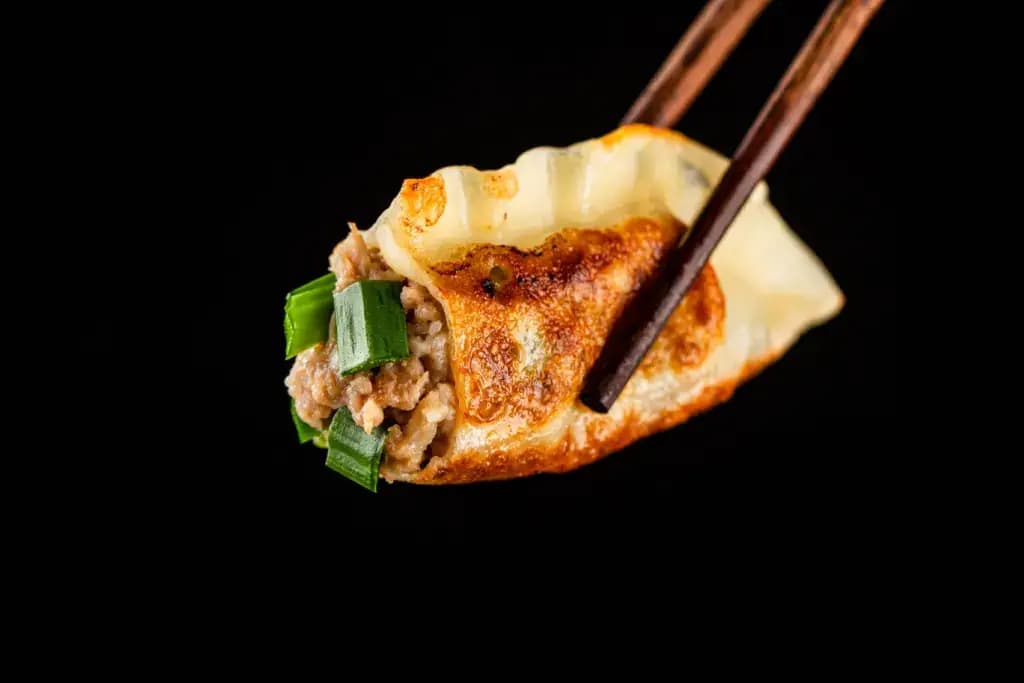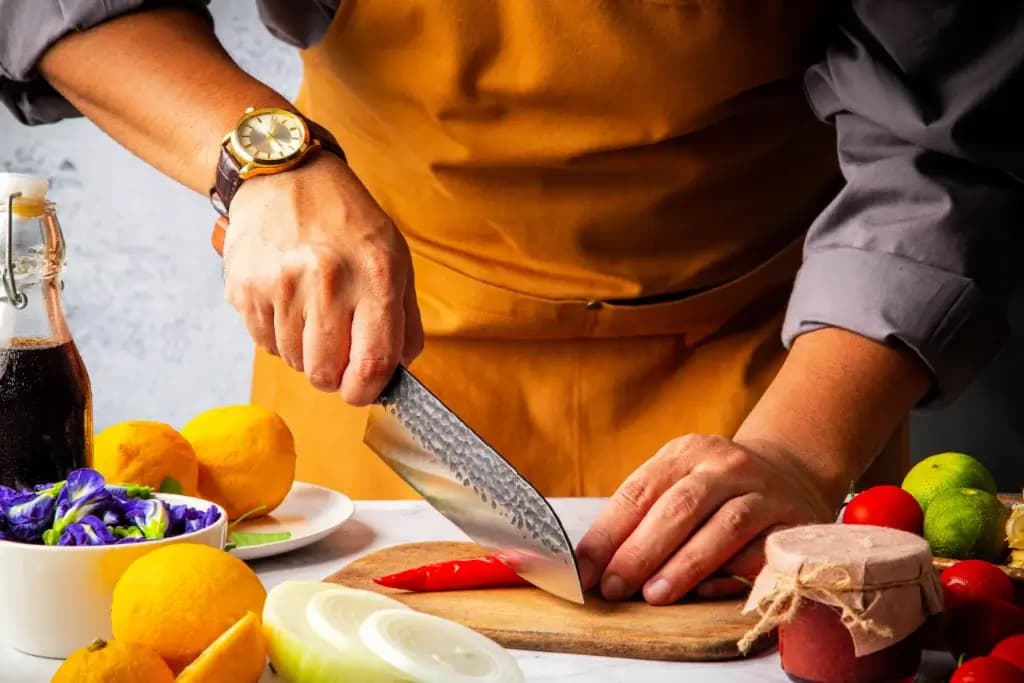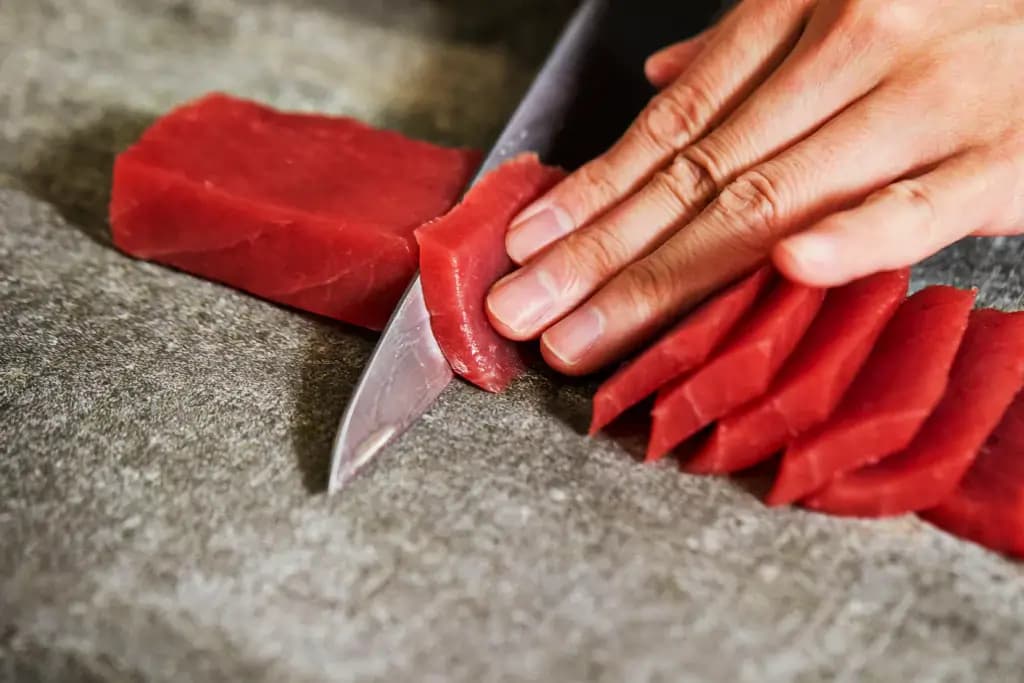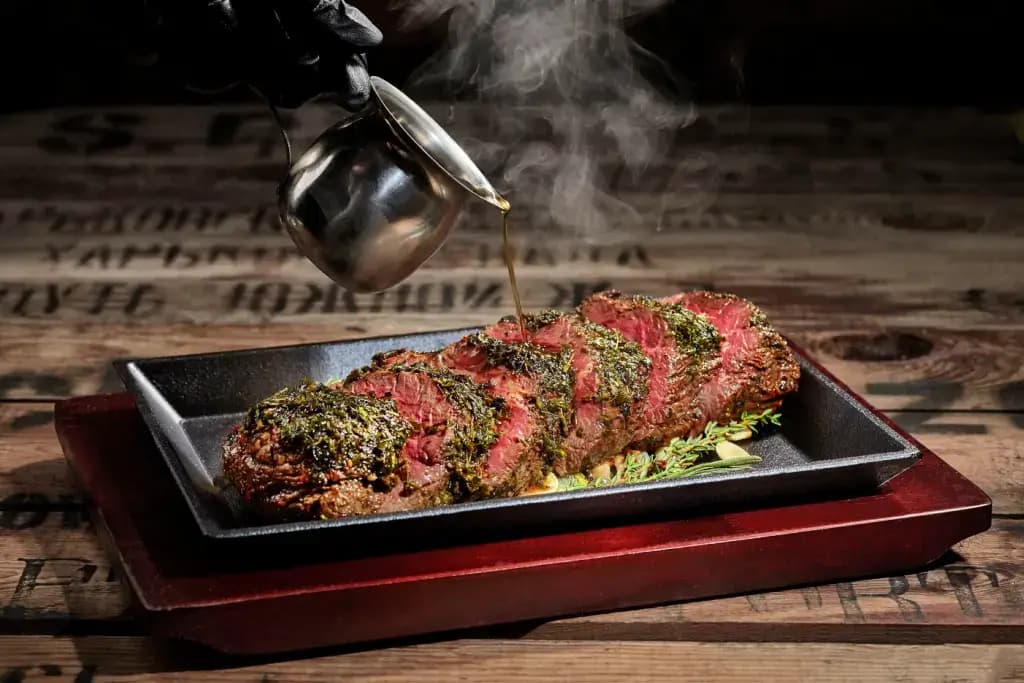
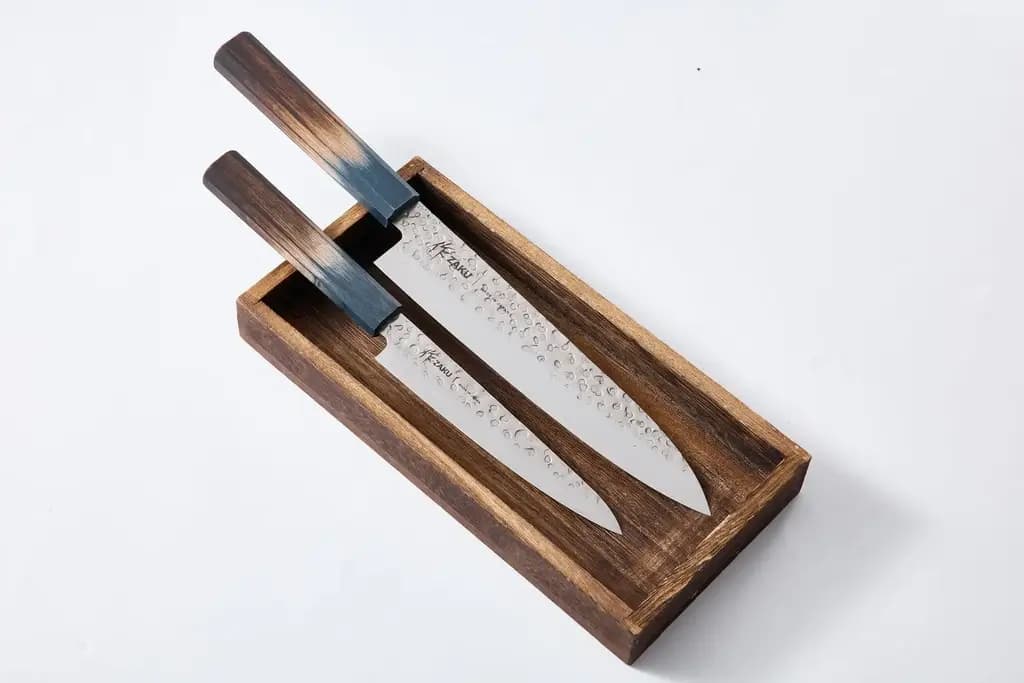
2025 SEPTEMBER 19
.James Lau
Best Japanese Knife Set: How to Make Your Own!
The best Japanese knife set doesn’t come in a box; it’s built piece by piece. Choosing each knife and care tool based on what you cook leads to better performance and a longer-lasting set.
Putting together your own set lets you match tools to your kitchen habits, whether slicing sashimi or chopping vegetables. Instead of settling for a premade set, start with a few high-quality essentials and build from there!
What should I have in my Japanese knife set?
People start a Japanese knife set with just a few key pieces, each chosen for a different job. Most sets begin with two or three knives and some basic care tools. The goal isn’t to buy everything at once, but to choose tools that match your cooking needs. A well-rounded set usually includes a larger knife for everyday tasks, a smaller knife for detail work, and a specialty blade based on your style.
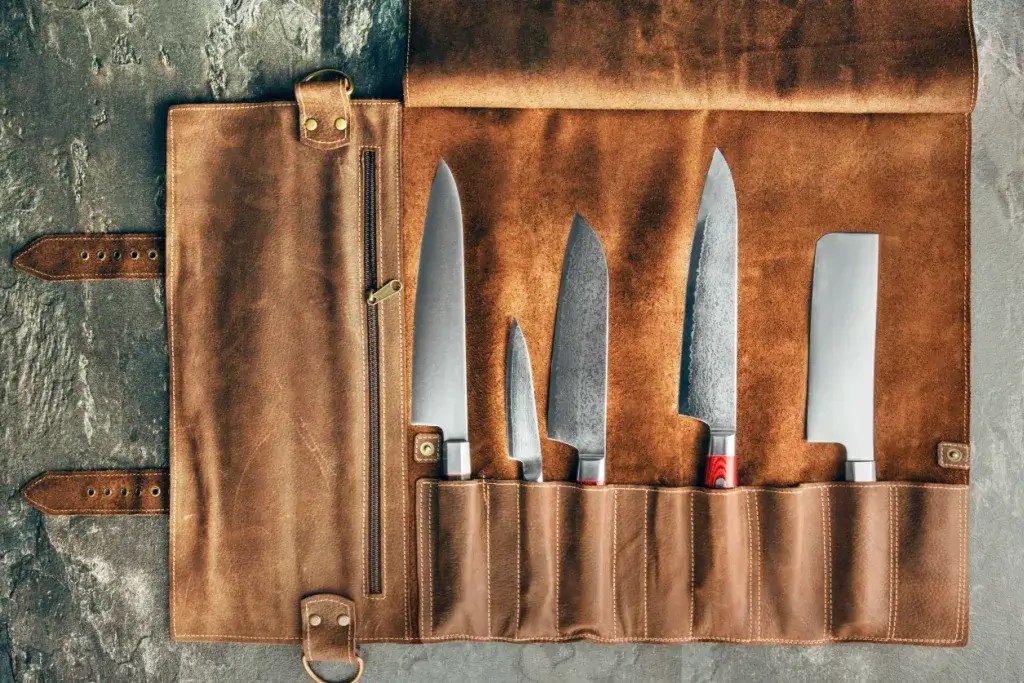
Unlike Western knife blocks, Japanese sets don’t rely on quantity. Each knife has a purpose; you use it because it performs better than any multitool. Quality matters more than matching handles or brands. The best sets are built slowly, with care and intention. From there, adding care items helps keep the blades sharp and safe. This approach helps home cooks create a collection they’ll use and enjoy for years.
Gyuto Knife

The gyuto is the foundation of most Japanese knife sets because it’s versatile and easy to use. With a curved edge and pointed tip, it handles slicing, dicing, and chopping without much effort. The blade length—usually between 180 and 270mm—makes it great for everything from meats to melons. It works well for both Japanese and Western-style cooking and supports push-cutting, rocking, and fine slicing. For most cooks, it’s the knife they reach for the most.
Petty Knife

The Petty knife is used for smaller, detailed tasks like peeling, trimming, and prepping fruit or herbs. It’s compact—typically 120 to 150mm long—and shaped like a thinner, sharper paring knife. Its narrow blade and pointed tip offer excellent control where a larger knife feels too bulky. Lightweight and nimble, the Petty is great for quick prep or working close to your hands. It’s a quiet but essential part of any complete set.
Are you looking for amazing Japanese knives to build your growing set? Check out ZAKU! ZAKU has authentic knives handmade in Japan for all of your culinary needs!

Nakiri Knife

The Nakiri is a vegetable knife with a flat, rectangular blade designed for clean, straight cuts. Its straight edge creates consistent slices easily without a rocking motion. The blade’s height keeps your fingers safe and your grip stable while chopping. It benefits cooks who work with lots of vegetables and want fast, uniform results. While not as versatile as a Gyuto, the Nakiri is unmatched in precision in produce prep.
Whetstone

A whetstone sharpens Japanese knives while preserving their original shape and edge. Unlike pull-through sharpeners, it offers more control and a smoother finish. Whetstones come in different grits, with lower numbers for repairing edges and higher numbers for fine sharpening. Some users keep two stones, while others prefer a double-sided combination. Either way, regular sharpening helps your knives last longer and cut better.
Camellia Oil

Camellia oil protects carbon steel knives from rust, especially after washing and drying. It’s food-safe, odorless, and leaves no sticky residue behind. A thin coat along the blade forms a barrier against moisture and air. This is especially important for traditional or single-bevel knives that oxidize more easily. Over time, the oil also helps develop a natural patina that adds protection.
Saya Covers

Saya covers are wooden sheaths that protect Japanese knives during storage and transport. They prevent chips, moisture damage, and contact with other kitchen tools. Most sayas are made from magnolia wood, which resists water and bacteria naturally. Some have locking pins to secure the knife in place. A saya adds function and tradition to the set for anyone serious about care.
Why should I build my own Japanese knife set?
People build their own Japanese knife set because it gives them more control over what they need in the kitchen. Instead of buying a matched set where half the knives go unused, you select pieces that fit your cooking habits. Each knife is chosen with purpose: one for vegetables, one for fine prep, and one for daily tasks. Over time, this leads to better results and less clutter and lets you balance performance, aesthetics, and budget.

A custom set also encourages learning and care. You take the time to understand what makes each knife special, from its shape, steel, edge, and feel. This turns cooking from routine into something more skillful and enjoyable.
Overall, when your tools match your food and technique, the process just works better. Building your own set makes the kitchen feel personal, and your food tastes better! Have you already created your knife set? What knives or tools would you add to your set? Let us know in the comments below!











